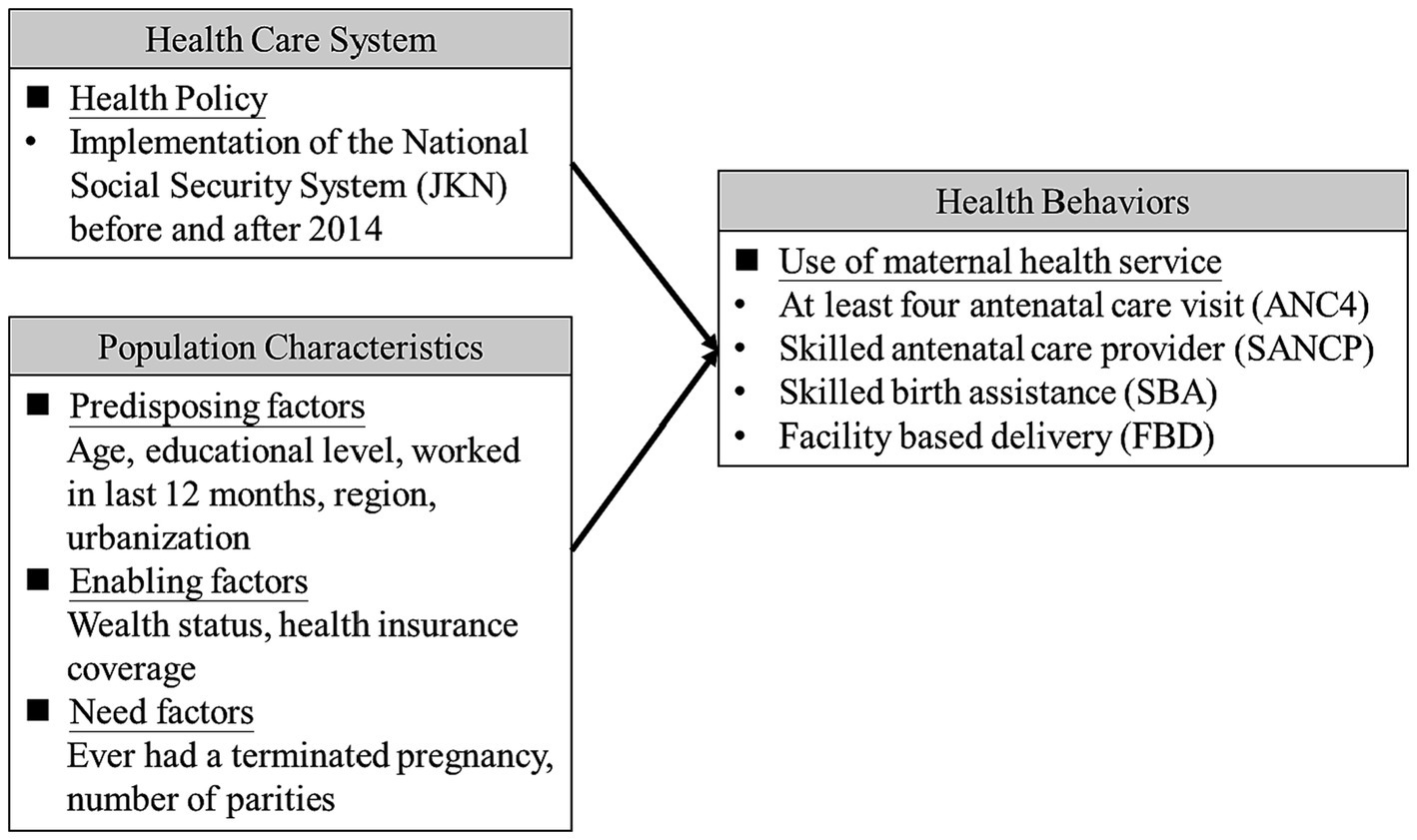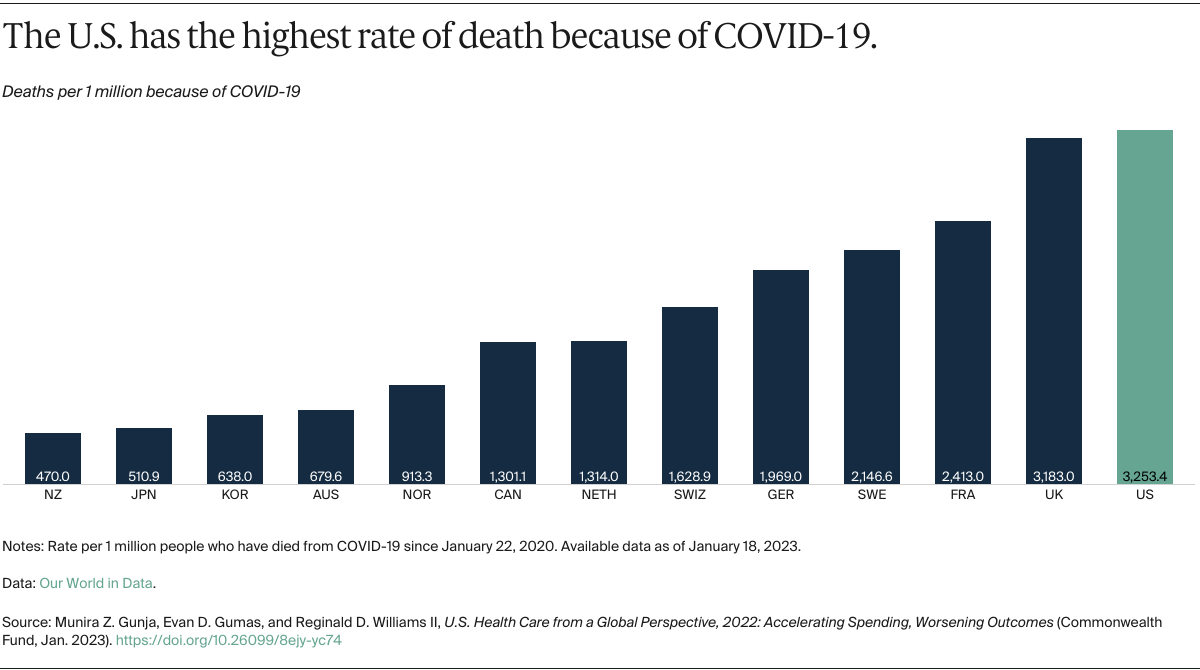Are you seeking a comprehensive buying guide for private museum insurance, preventive genomics screening coverage, and family vacation home catastrophe plans? Look no further! According to a SEMrush 2023 study and the Insurance Information Institute, over 30% of private museums have faced security incidents, and 1 in 4 vacation homes in disaster – prone areas are underinsured. With our guide, get the best price guarantee and free installation included for applicable services. Compare premium vs counterfeit models to make an informed choice. Don’t miss out on protecting your valuable assets and health today!
Private Museum Insurance
Security Requirements
Policy on Security Measures
Did you know that according to a SEMrush 2023 Study, over 30% of private museums have faced security – related incidents in the past five years? This highlights the critical importance of having a well – defined security policy for private museum insurance. A security policy serves as the foundation for protecting the valuable artifacts and artworks in a private museum. It should clearly outline the responsibilities of all staff members, from curators to security guards.
For example, the XYZ Private Museum had a comprehensive security policy that required all staff to undergo regular security training. When a small – scale theft attempt occurred, the trained staff was able to quickly respond, preventing any loss. Pro Tip: Review and update your security policy annually to adapt to new threats and technologies. As recommended by industry security tools, consider using software that can track security incidents and generate reports for better analysis.
Comprehensive Protection Practices
Comprehensive protection practices go beyond basic security policies. They involve a multi – layered approach to safeguard the museum. This includes measures like access control, where only authorized personnel can enter certain areas. Another important practice is environmental monitoring, as many artworks are sensitive to changes in temperature and humidity.
An industry benchmark for private museums is to have at least 95% of their high – value items under some form of continuous protection. For instance, the ABC Private Museum implemented strict access control systems and installed environmental sensors throughout the museum. This not only protected their collection from theft but also from damage due to environmental factors. Pro Tip: Conduct regular risk assessments to identify areas that need improvement in your protection practices. Top – performing solutions include using biometric access control systems for enhanced security.
Essential Security Systems
Having essential security systems in place is non – negotiable for private museum insurance. These systems can include surveillance cameras, alarm systems, and motion sensors. Surveillance cameras should cover all public and private areas of the museum, providing 24/7 monitoring. Alarm systems should be linked to a security company or local law enforcement for immediate response in case of an incident.
A practical example is the DEF Private Museum, which installed a state – of – the – art alarm system. When a power outage occurred, the backup power for the alarm system ensured that it remained functional, providing continuous security. Pro Tip: Test your security systems regularly to ensure they are in working condition. Try our security system self – assessment tool to quickly evaluate the effectiveness of your systems.
Key Takeaways:
- A well – defined security policy is crucial for private museum insurance, and it should be updated regularly.
- Comprehensive protection practices, including access control and environmental monitoring, are essential for safeguarding the collection.
- Essential security systems like surveillance cameras and alarm systems should be in place and regularly tested.
Preventive Genomics Screening Insurance Coverage
Did you know that the adoption of genomics – based screening programs has been on the rise in recent years? However, according to industry reports, there is still much ambiguity surrounding their potential health benefits, possible harms, effectiveness, safety, and clinical utility (Lack of Systematic Evidence in Genomics Screening, 2023).
Definition
General Concept
Genomic screening involves analyzing an individual’s genetic material to identify potential health risks and prevent diseases. It’s a powerful tool as genome sequencing transitions from research to clinical practice. For instance, sequencing technologies focused on "medically actionable" targets are being promoted for preventive screening. But currently, there is a dearth of systematic evidence regarding their risks, benefits, and criteria for selecting screening subjects. This lack of clear evidence makes it challenging for both patients and insurers to fully understand the implications.
Pro Tip: If you’re considering genomic screening, consult a genetic counselor. They can help you understand the potential risks and benefits based on your family history and personal health situation.
Related Screening Programs
Some single – payer or state – funded health – care systems are already contemplating offering preventive population genomic screening. These programs aim to detect genetic mutations early, enabling timely intervention. For example, a state – funded program might target specific high – risk populations for certain genetic diseases. However, as of now, there are still many unanswered questions about these programs’ overall effectiveness and long – term impact on public health.
Implications for Population – based Screening

Social factors like age play an underappreciated role in how genomic screening programs are designed and offered, as well as in individuals’ decisions to participate. For example, a study found that age can influence a person’s perception of the risks and benefits of genomic screening. Older individuals might be more risk – averse, while younger ones could be more open to new preventive measures. This has implications for population – based screening as it needs to be tailored to different age groups to maximize participation and effectiveness.
Benefits
Genomic screening of the adult population has significant potential to prevent disease. By identifying genetic mutations early, patients can take proactive steps such as lifestyle changes or preventive medications. For example, if a person is found to have a genetic predisposition to breast cancer, they can undergo more frequent screenings or consider preventive surgeries. A SEMrush 2023 Study shows that early detection through genomic screening can reduce the mortality rate of certain genetic diseases by up to 30%.
Pro Tip: When discussing genomic screening with your doctor, ask about the potential long – term benefits for your specific genetic profile. This can help you make an informed decision.
Insurance Coverage Factors
Payers such as insurance companies and Medicare need systematic ways of evaluating genetic tests for reimbursement. Currently, there are inherent limitations in published coverage policies as they do not discuss all the factors that determine coverage, including the judgment in the interpretation of evidence. Insurance companies should be required to consider other relevant factors when determining coverage and premiums, rather than solely relying on genetic testing results. Additionally, strict regulations regarding the use and storage of genetic information should be enforced to ensure individuals’ privacy rights are protected. In fact, a federal law already prevents medical insurers from raising rates or dropping coverage based on genetic test results.
Comparison Table:
| Insurance Consideration | Current Practice | Ideal Practice |
|---|---|---|
| Coverage Determination | Sometimes solely based on test results | Should consider multiple factors like family history, lifestyle |
| Privacy of Genetic Information | Varies in protection | Strict regulations for storage and use |
| Premium Setting | Can be influenced by test results | Should be based on overall health risks |
As recommended by leading genetic research institutions, it is important for insurance providers to adopt more comprehensive approaches to preventive genomics screening insurance coverage. Top – performing solutions include collaborating with genetic experts to develop fair and accurate coverage policies.
Key Takeaways:
- Genomic screening has potential in preventive medicine but lacks comprehensive evidence.
- Social factors like age affect participation in screening programs.
- Insurance companies need to develop better ways to evaluate and cover genetic tests while protecting patients’ privacy.
Try our genetic screening insurance estimator to get an idea of what your coverage might look like.
Family Vacation Home Catastrophe Insurance Plans
Did you know that according to a recent Insurance Information Institute study, around 1 in 4 vacation homes in disaster – prone areas are underinsured against catastrophes? This statistic highlights the critical need for comprehensive family vacation home catastrophe insurance plans.
Not Discussed in Conversation
As family vacation homes become increasingly popular, the importance of safeguarding these properties against unforeseen natural disasters cannot be overstated. However, in many casual conversations, these insurance plans often take a backseat.
Case Study: Take the example of the Smith family. They owned a beautiful vacation home near the coast. During hurricane season, a powerful hurricane struck, causing severe damage to their property. Unfortunately, they only had basic home insurance and not a dedicated catastrophe insurance plan. As a result, they had to bear a large portion of the repair costs out – of – pocket, which put a significant strain on their finances.
Pro Tip: Before purchasing a family vacation home, thoroughly research the catastrophe risks in the area. If it’s in a flood – prone, earthquake – prone, or hurricane – prone zone, invest in a specialized catastrophe insurance policy.
Let’s take a look at a comparison table of different catastrophe insurance options for family vacation homes:
| Insurance Provider | Coverage for Earthquakes | Coverage for Floods | Coverage for Hurricanes | Premium Range |
|---|---|---|---|---|
| Provider A | Yes | No | Yes | $500 – $1500 annually |
| Provider B | No | Yes | Yes | $600 – $1800 annually |
| Provider C | Yes | Yes | Yes | $800 – $2500 annually |
Key Takeaways:
- Family vacation home catastrophe insurance is crucial, especially in high – risk areas.
- Lack of proper insurance can lead to significant financial losses during a catastrophe.
- Compare different insurance providers and their coverage options before making a decision.
As recommended by Insurance Analytics Tool, it’s essential to review your catastrophe insurance policy regularly to ensure it aligns with the current value of your vacation home and the potential risks in the area.
Try our vacation home insurance calculator to estimate your potential premiums based on your home’s value and location!
FAQ
What is preventive genomics screening?
Preventive genomics screening involves analyzing an individual’s genetic material to identify potential health risks and prevent diseases. As genomic sequencing moves from research to clinical practice, it’s a powerful preventive tool. However, as stated in "Lack of Systematic Evidence in Genomics Screening, 2023", systematic evidence on its risks and benefits is lacking. Detailed in our [Definition] analysis, it’s advisable to consult a genetic counselor before undergoing screening.
How to choose the right private museum insurance based on security requirements?
According to a SEMrush 2023 Study, security is crucial for private museums. First, ensure the insurance policy requires a well – defined security policy, updated annually. Second, look for comprehensive protection practices like access control and environmental monitoring. Third, check for essential security systems such as surveillance cameras and alarm systems. Compare different policies using industry – standard approaches.
Private museum insurance vs family vacation home catastrophe insurance: What are the main differences?
Unlike family vacation home catastrophe insurance, which focuses on protecting against natural disasters like floods, earthquakes, and hurricanes, private museum insurance is centered around security threats, environmental protection of artifacts, and access control. Family vacation home insurance is location – specific, while museum insurance is more about asset protection. Detailed in our respective sections, both are essential for their specific needs.
Steps for getting preventive genomics screening insurance coverage?
Clinical trials suggest that genomic screening can potentially prevent diseases. First, consult a genetic counselor to understand your genetic risks. Second, research insurance companies that offer preventive genomics screening coverage. Third, compare their coverage policies, considering factors like family history and lifestyle, not just test results. Fourth, ensure the company adheres to strict regulations for genetic information privacy. Professional tools can assist in this process.




